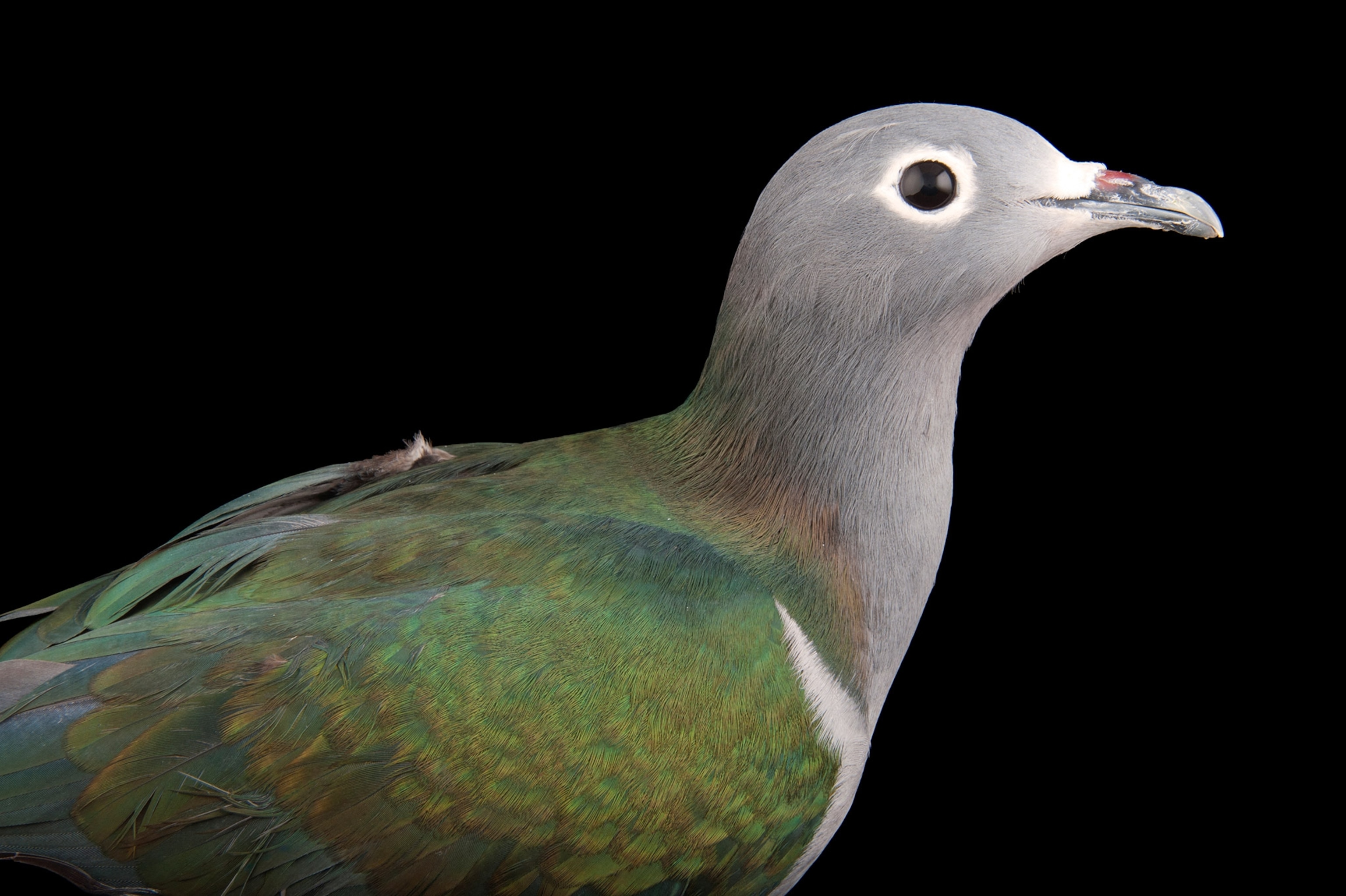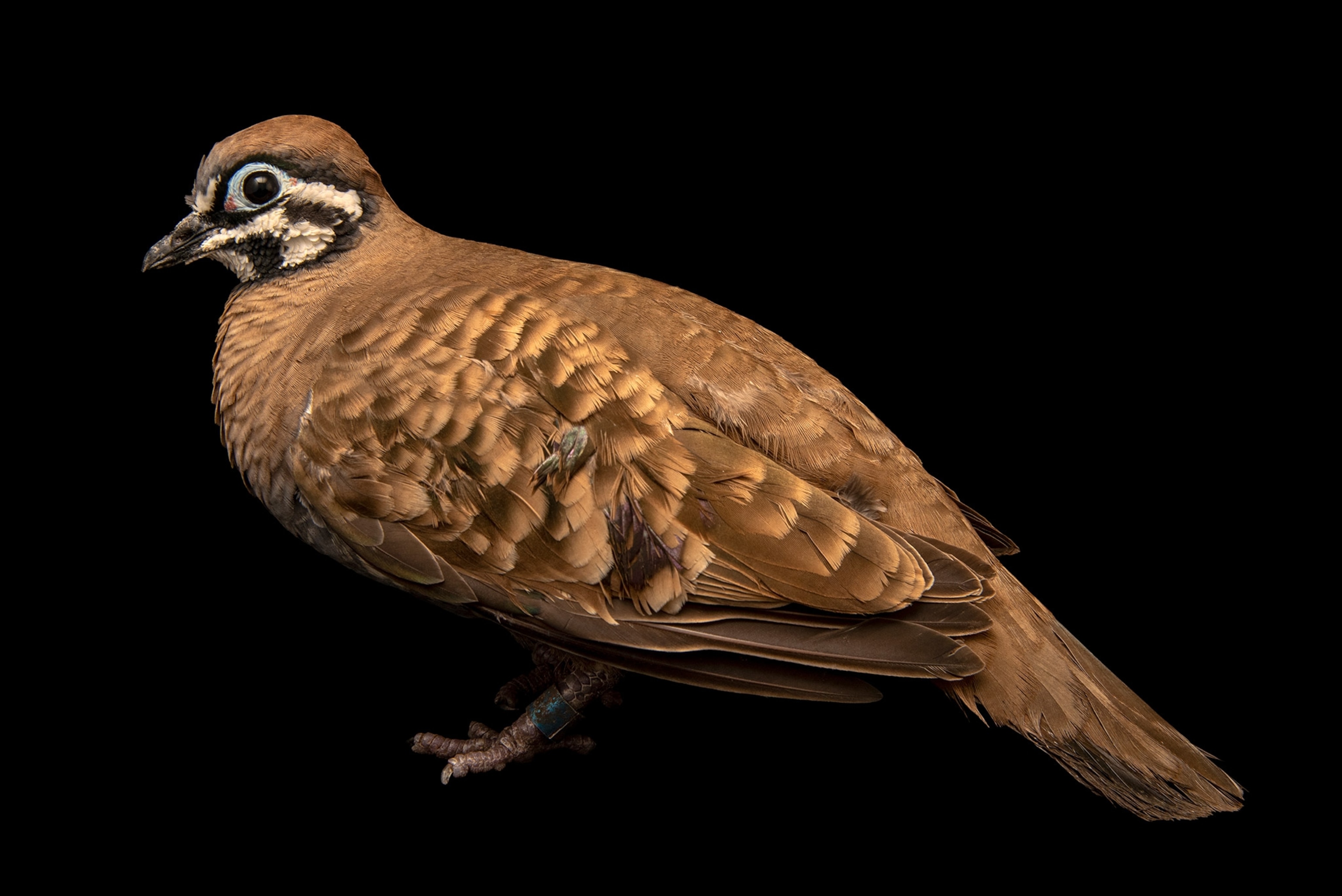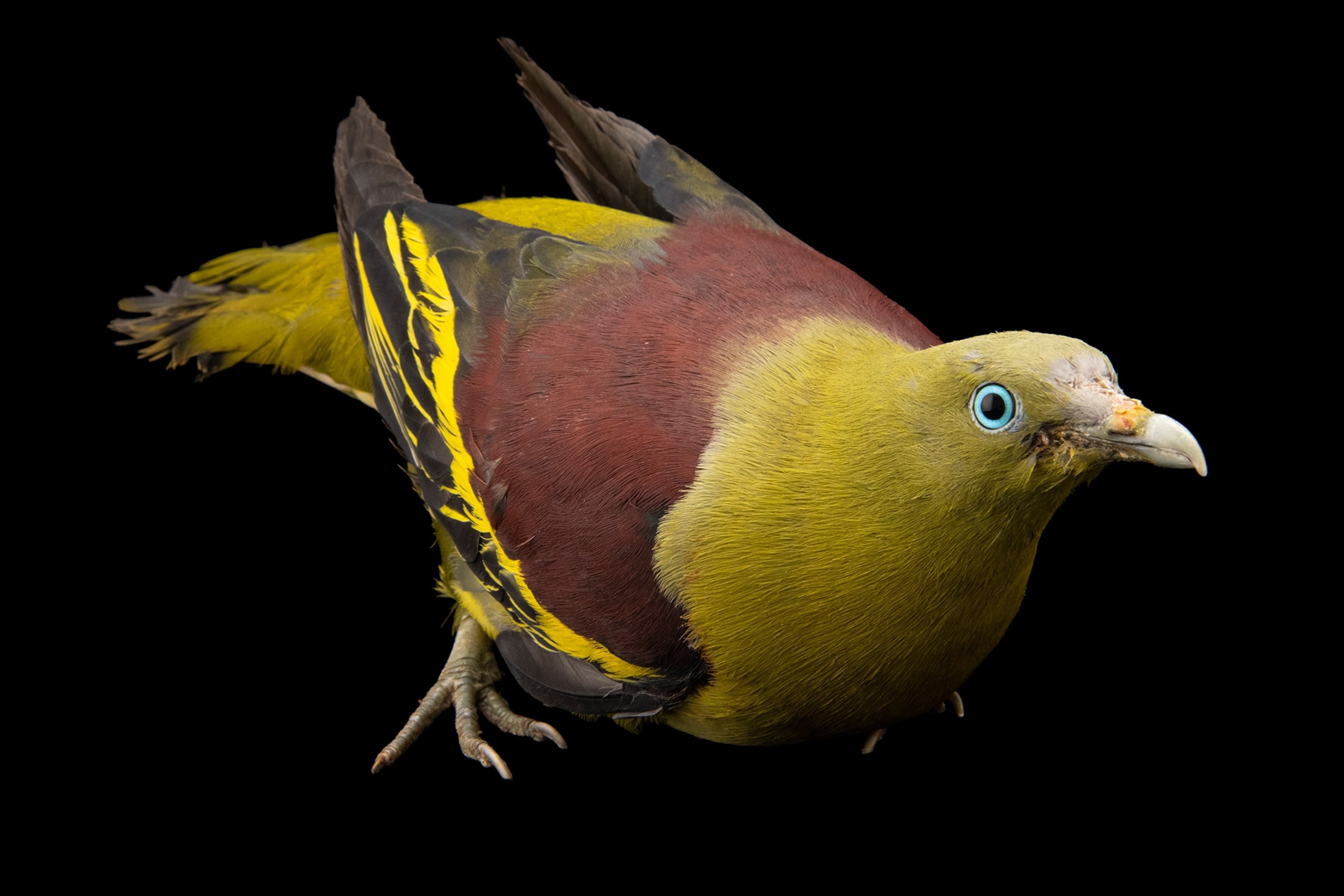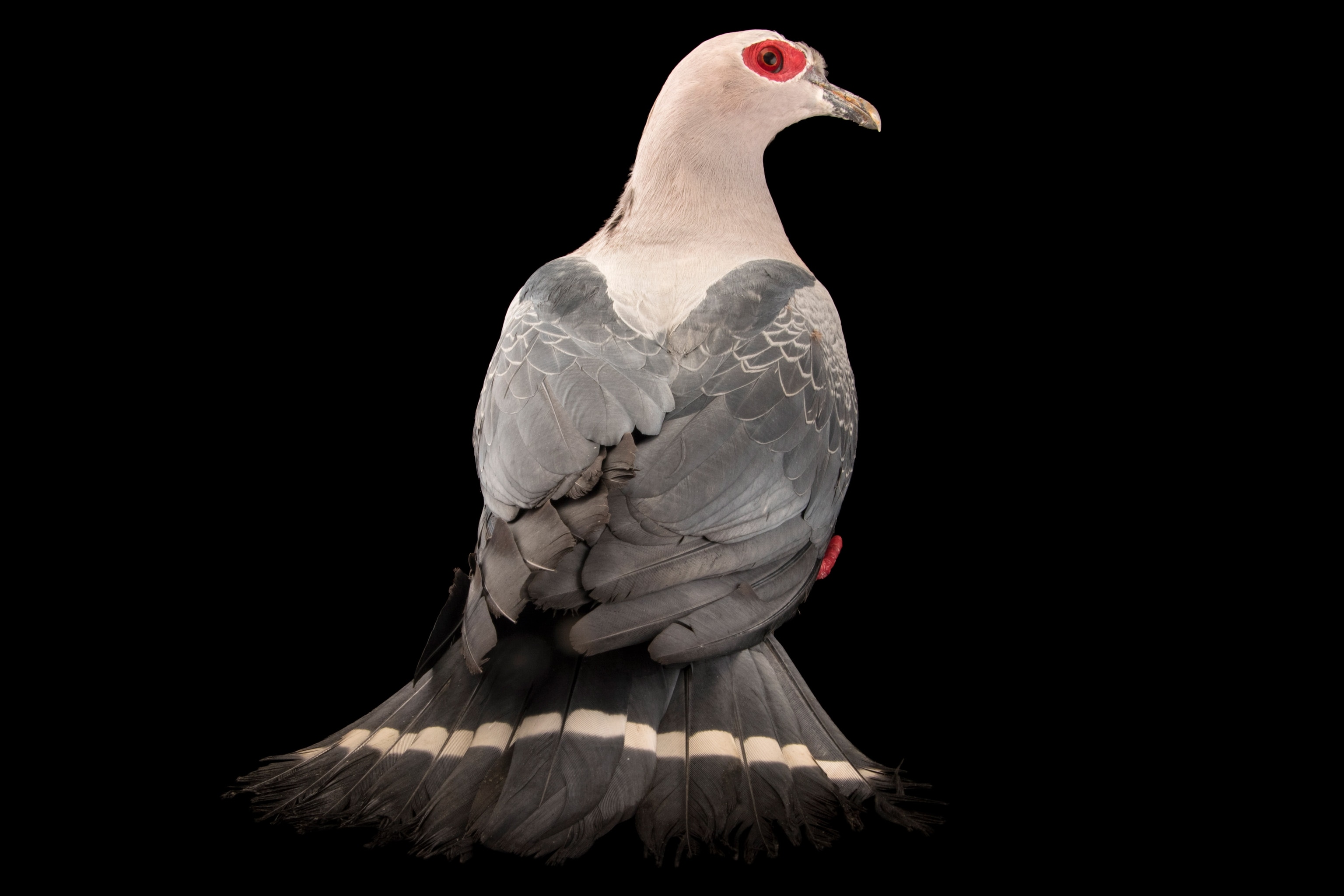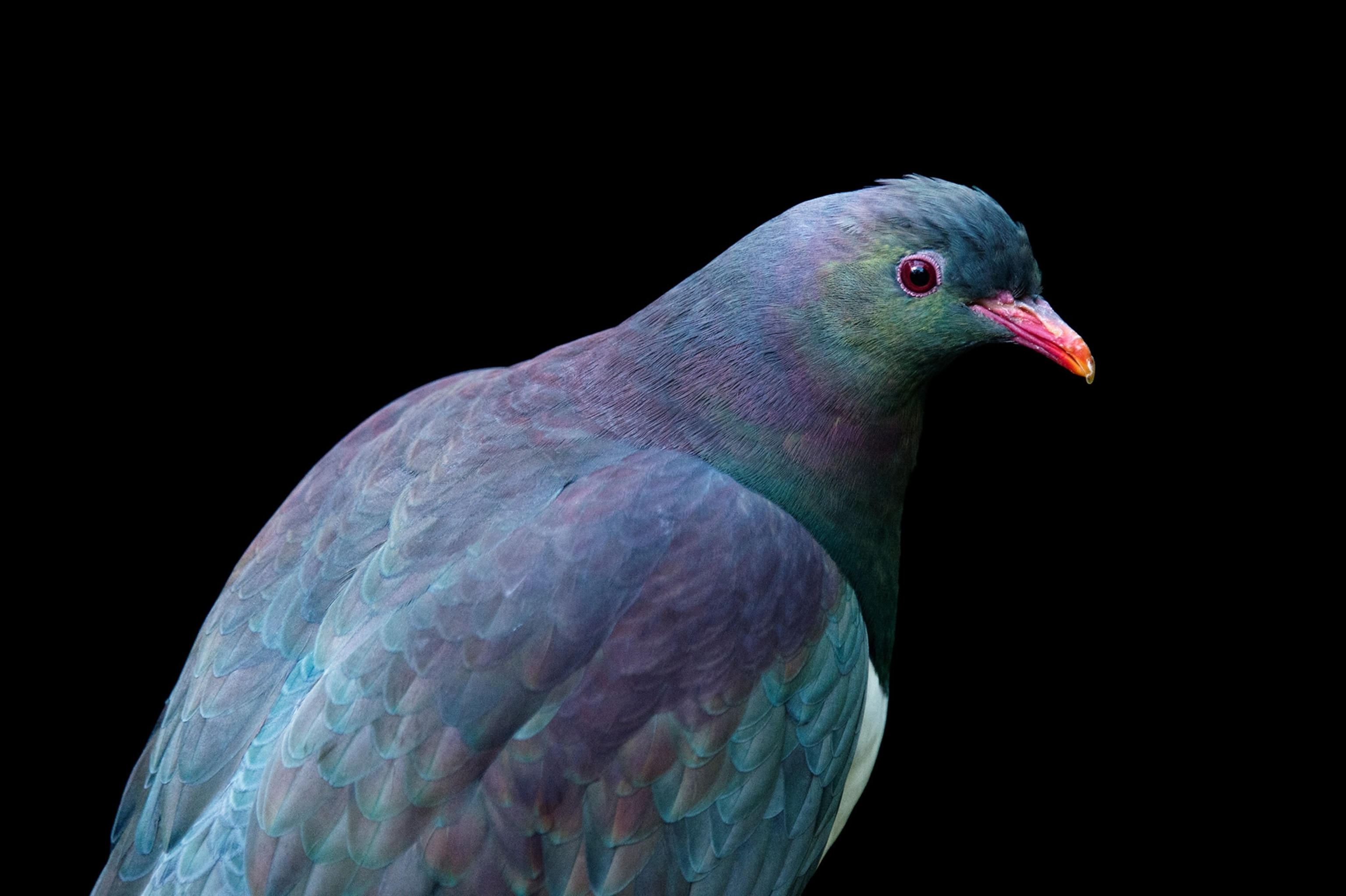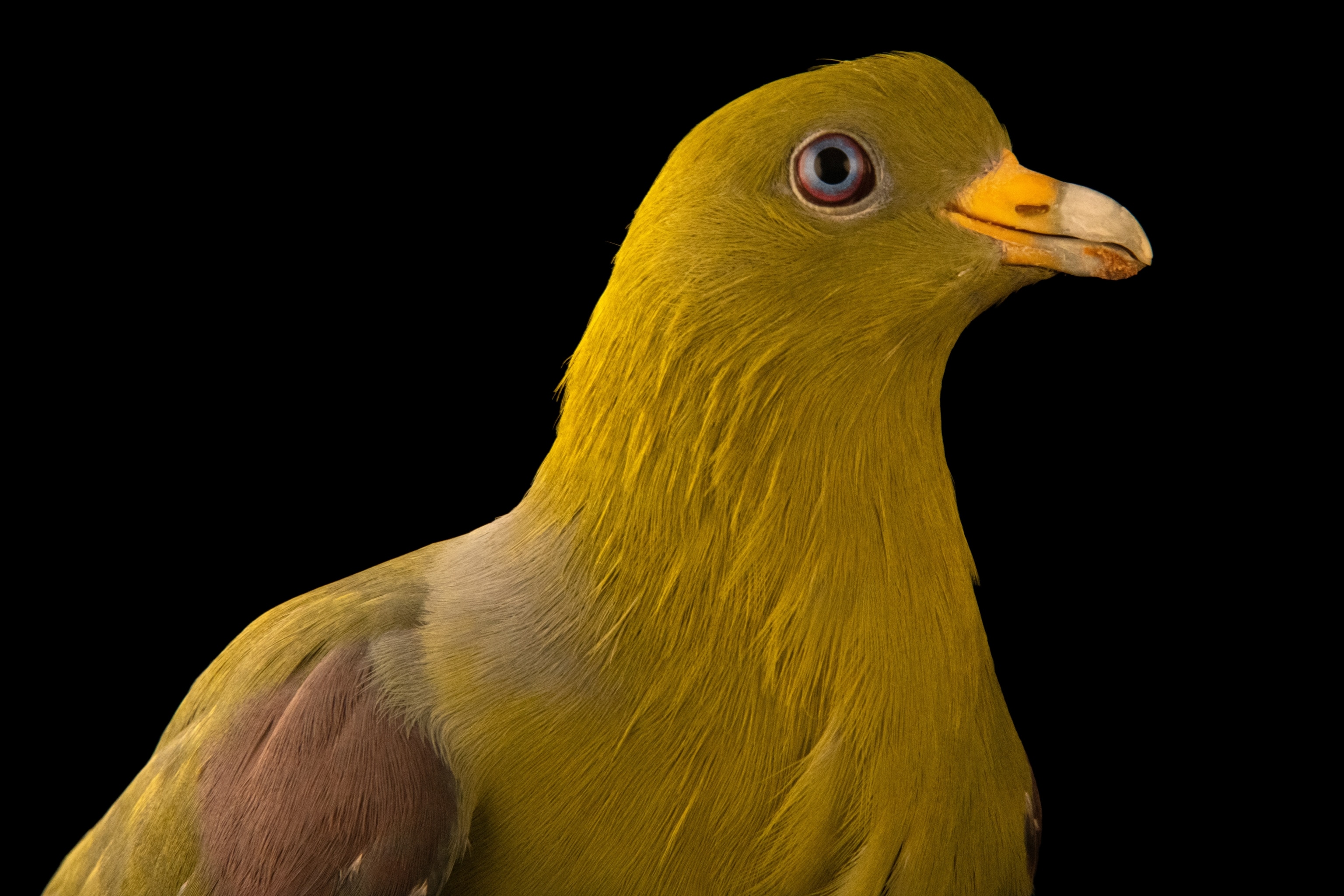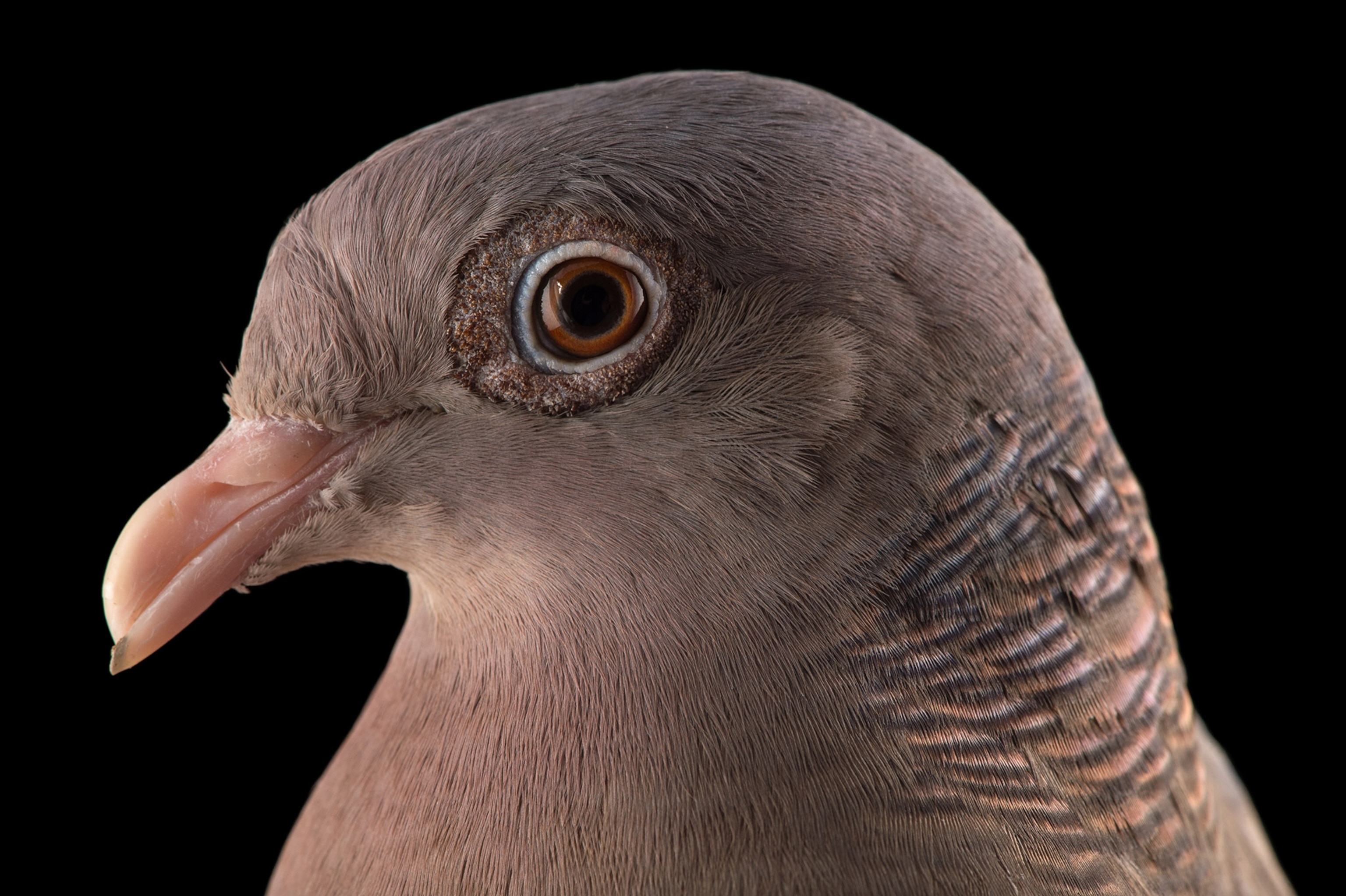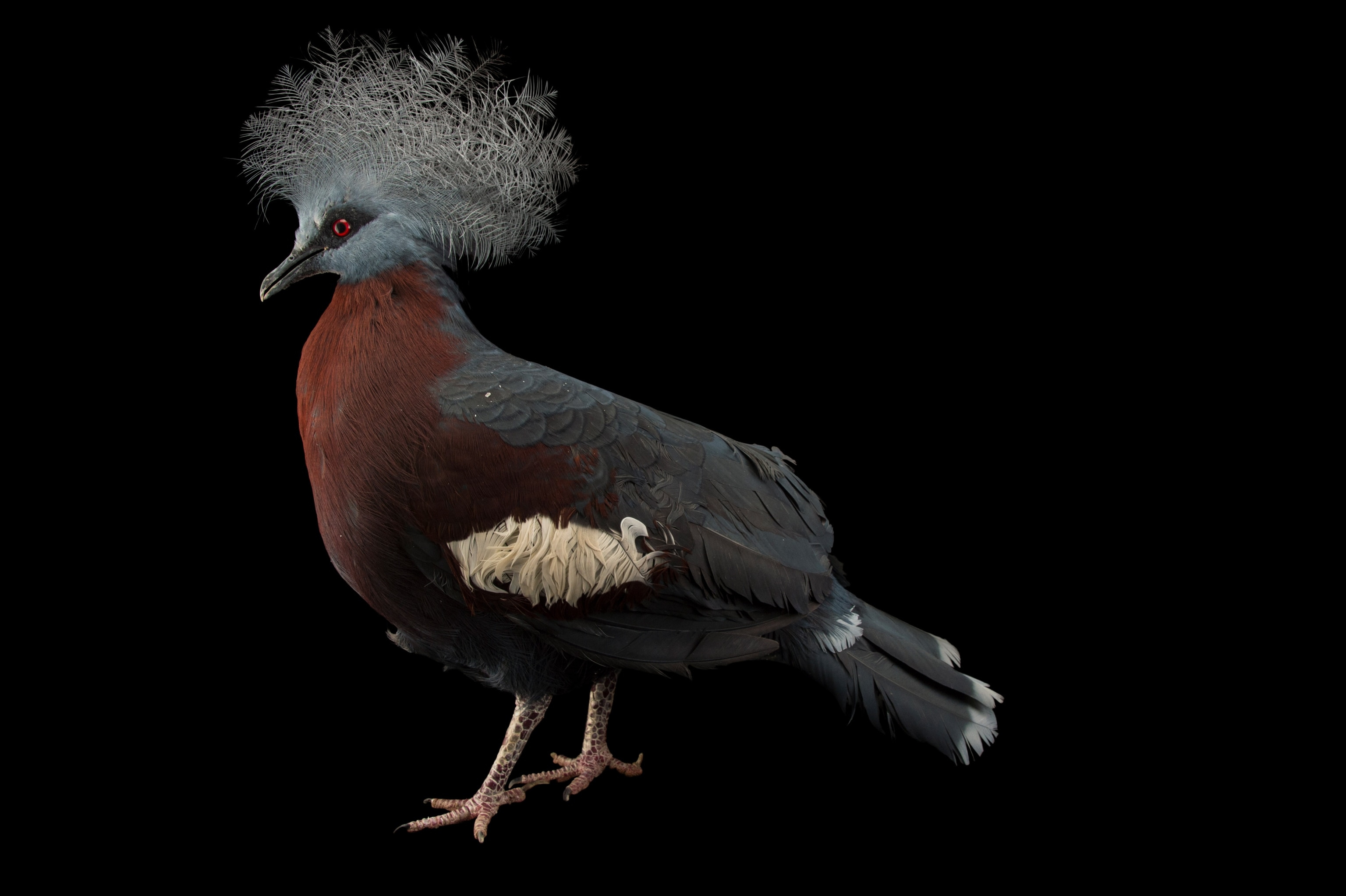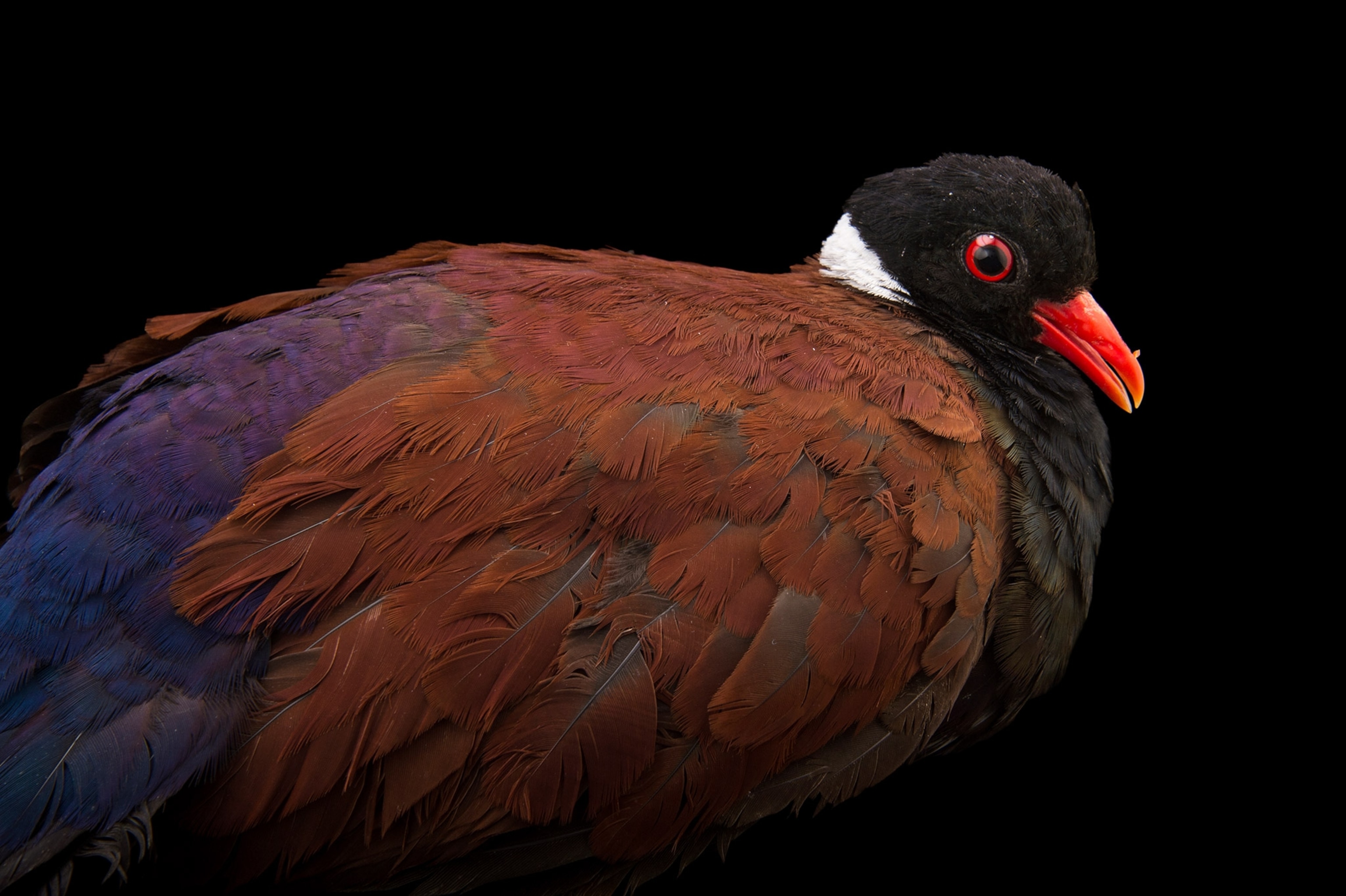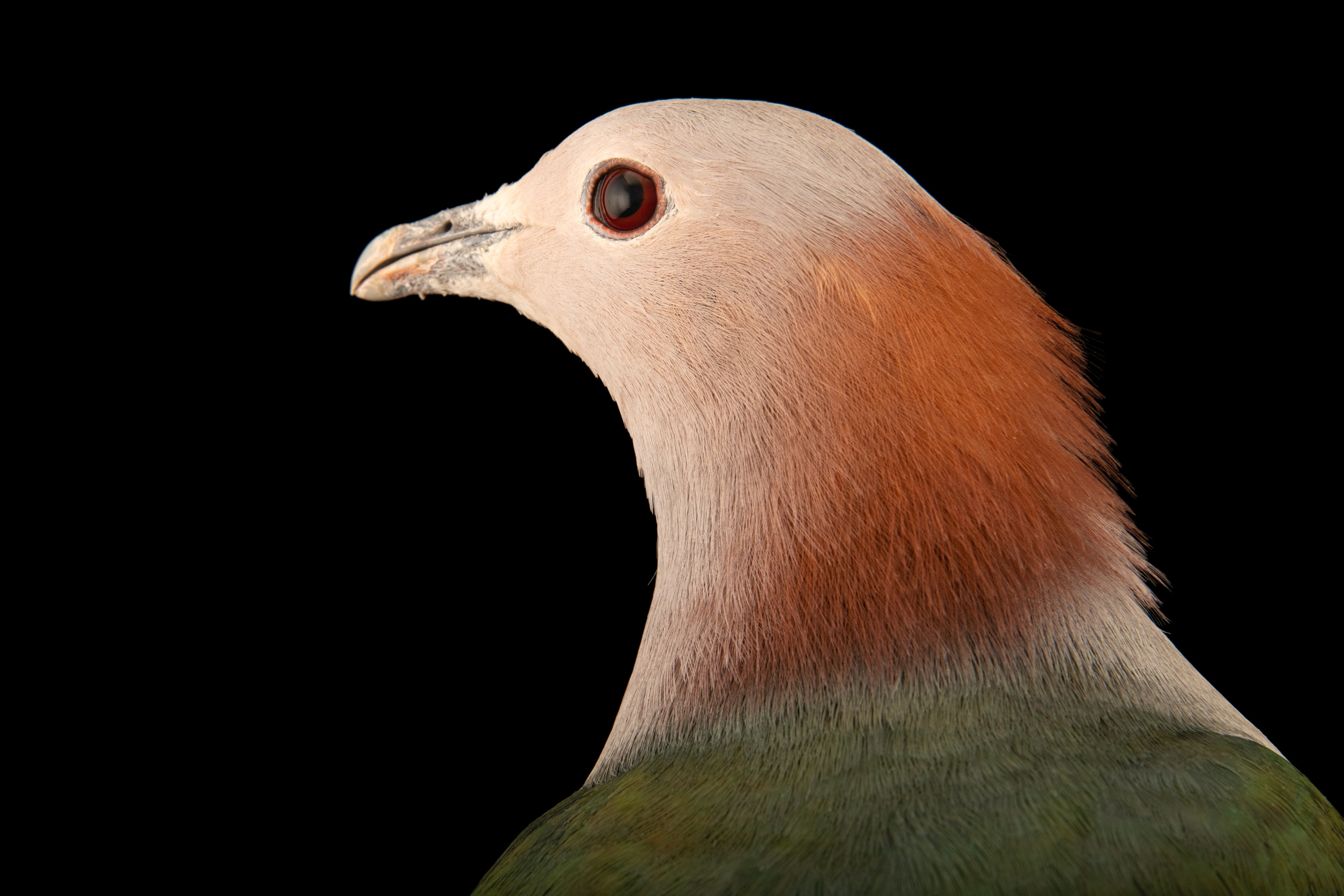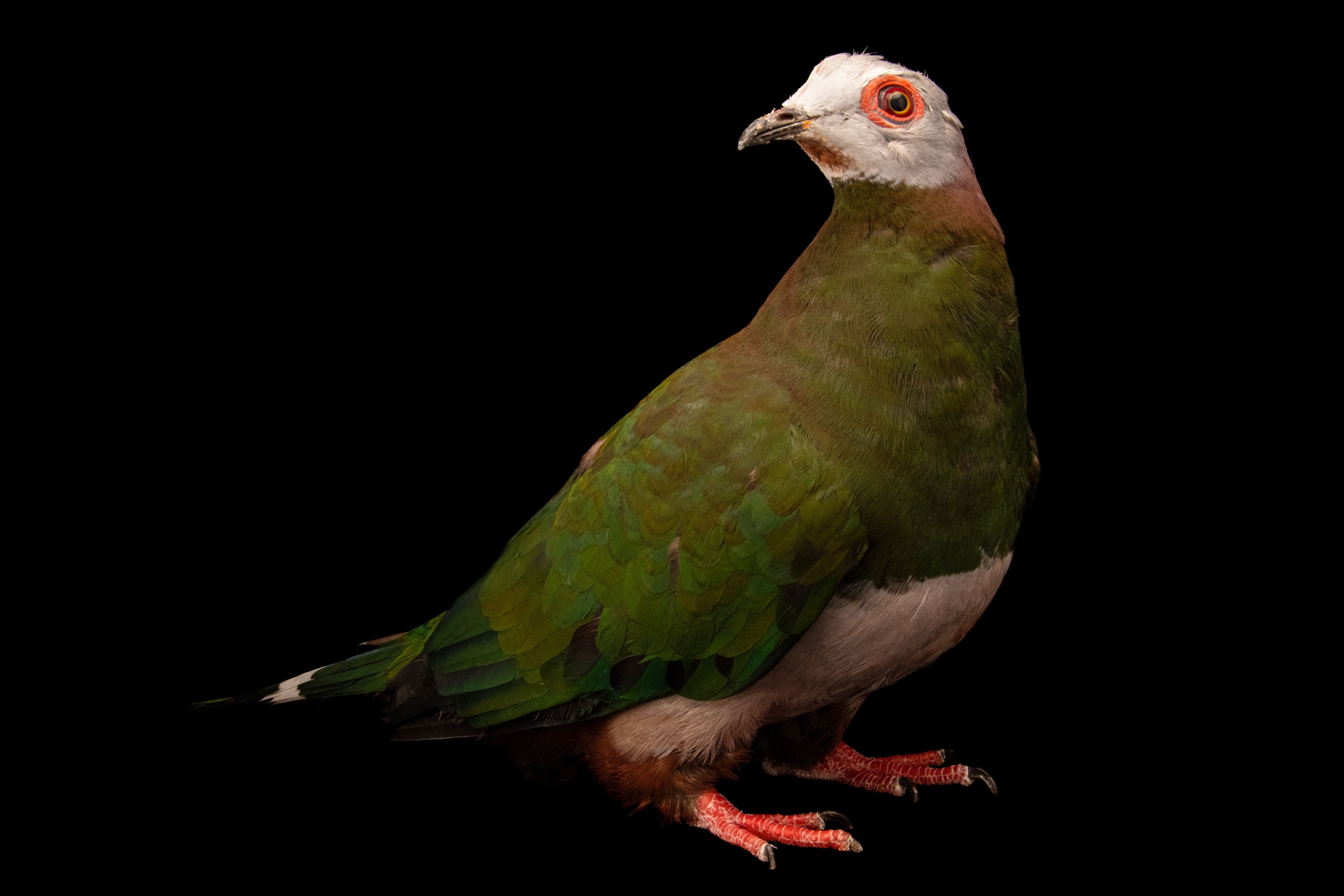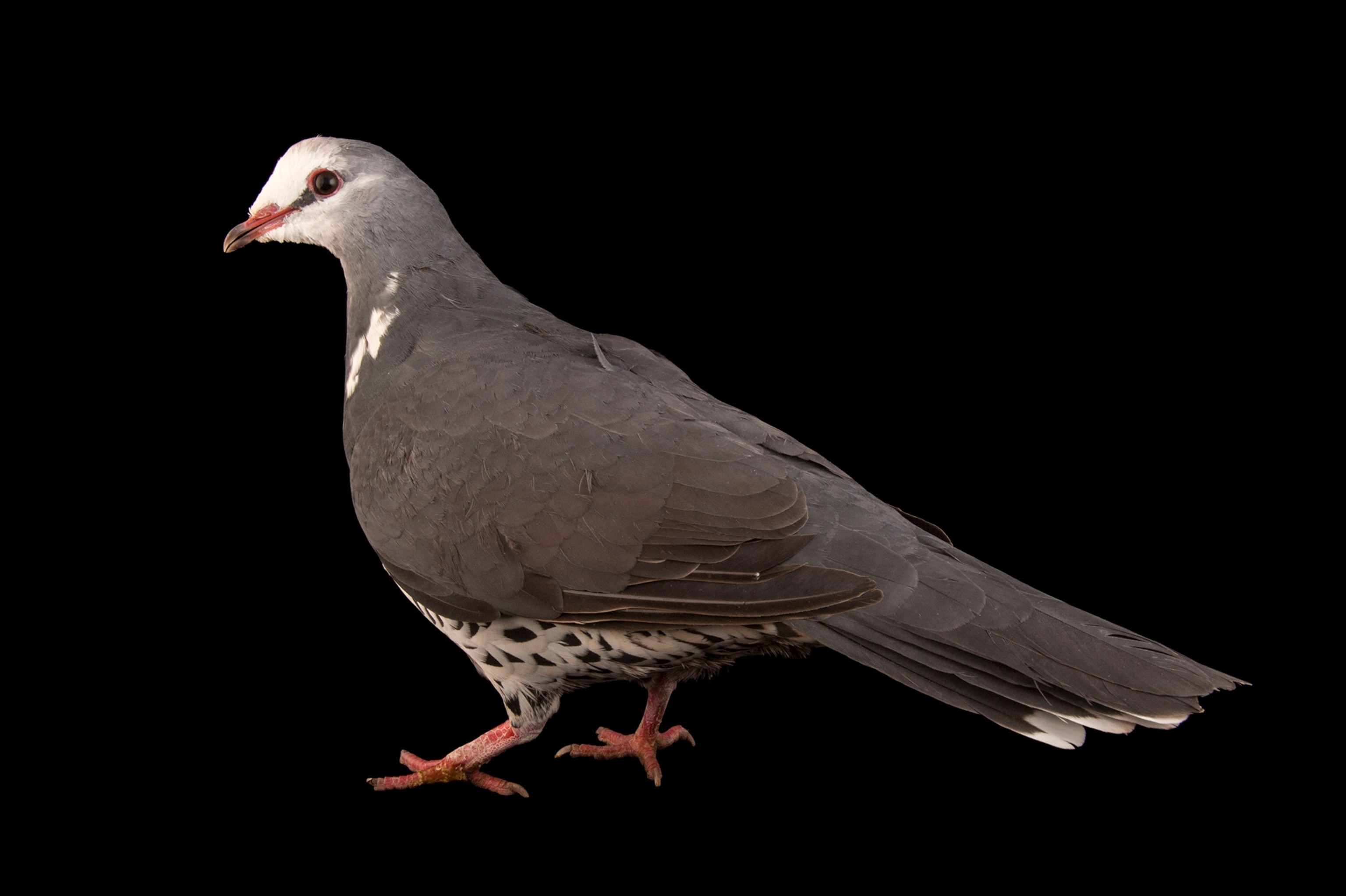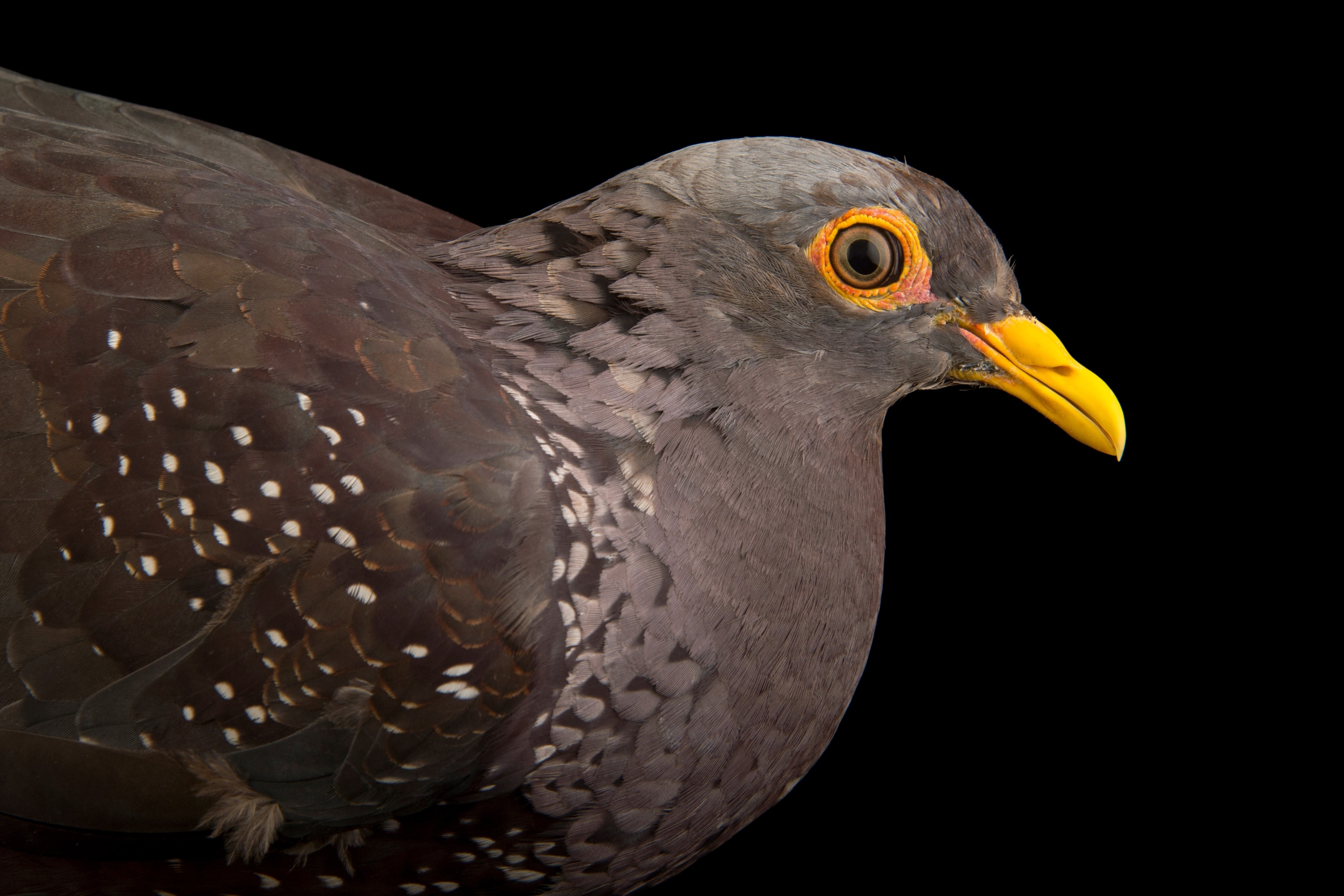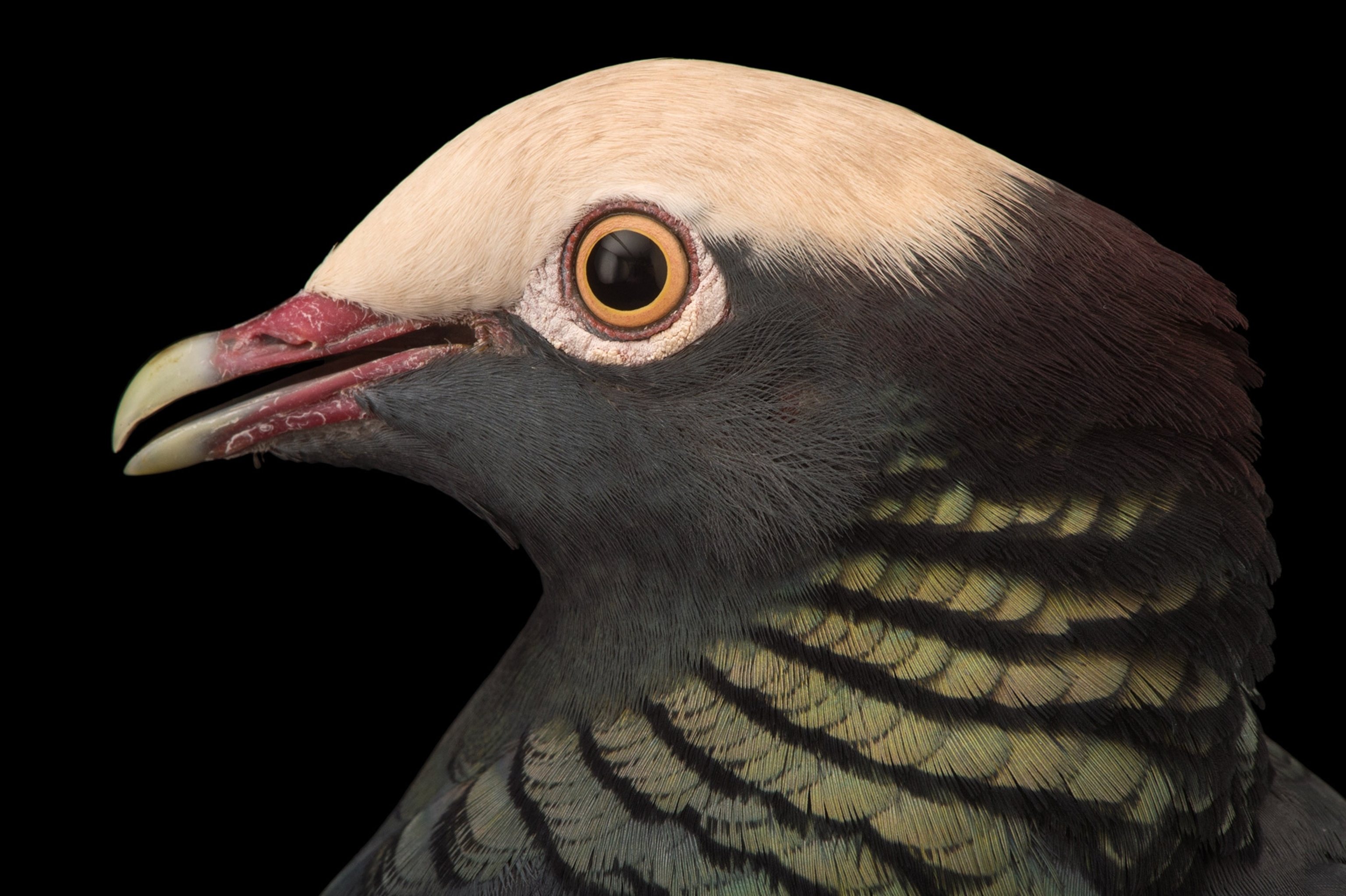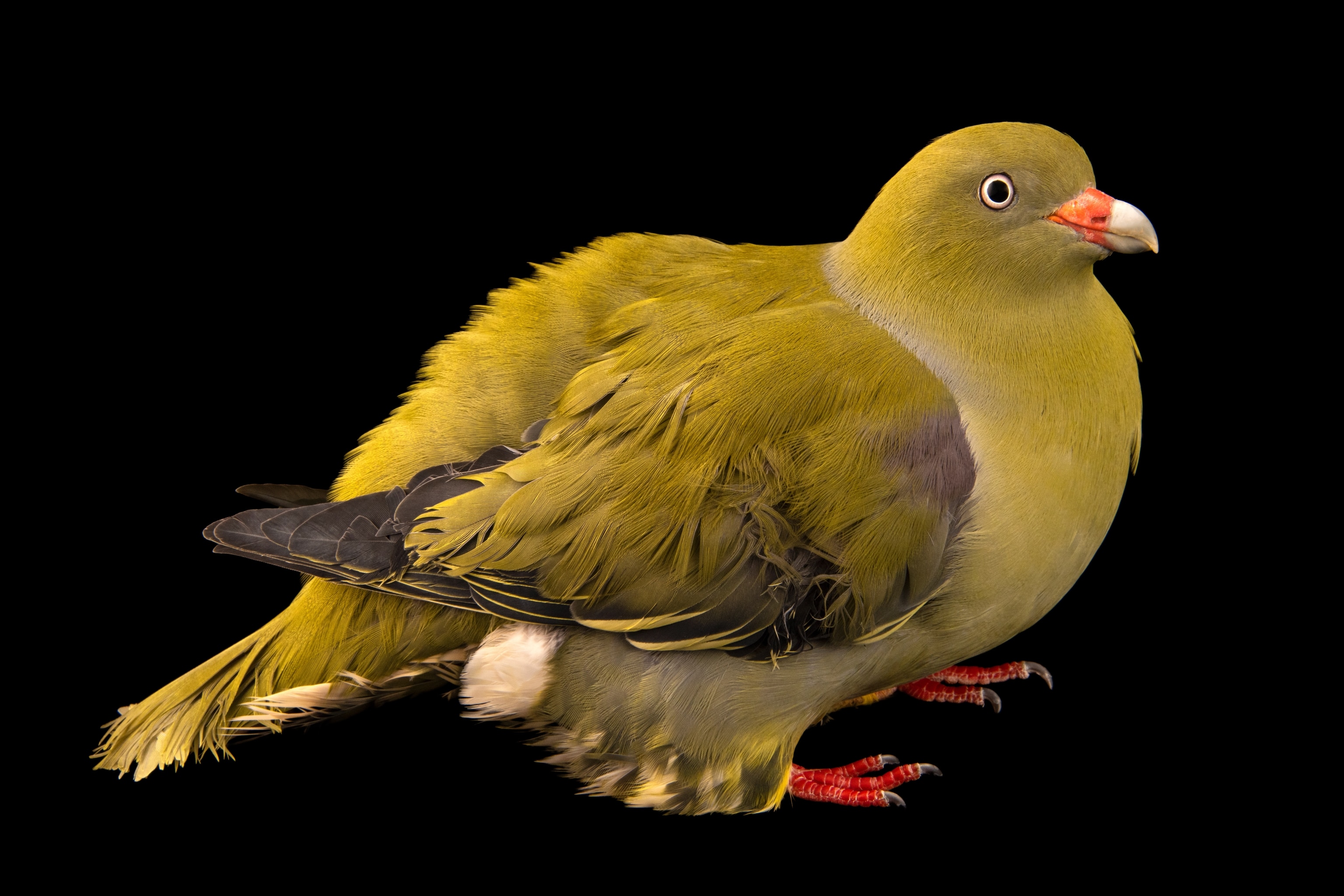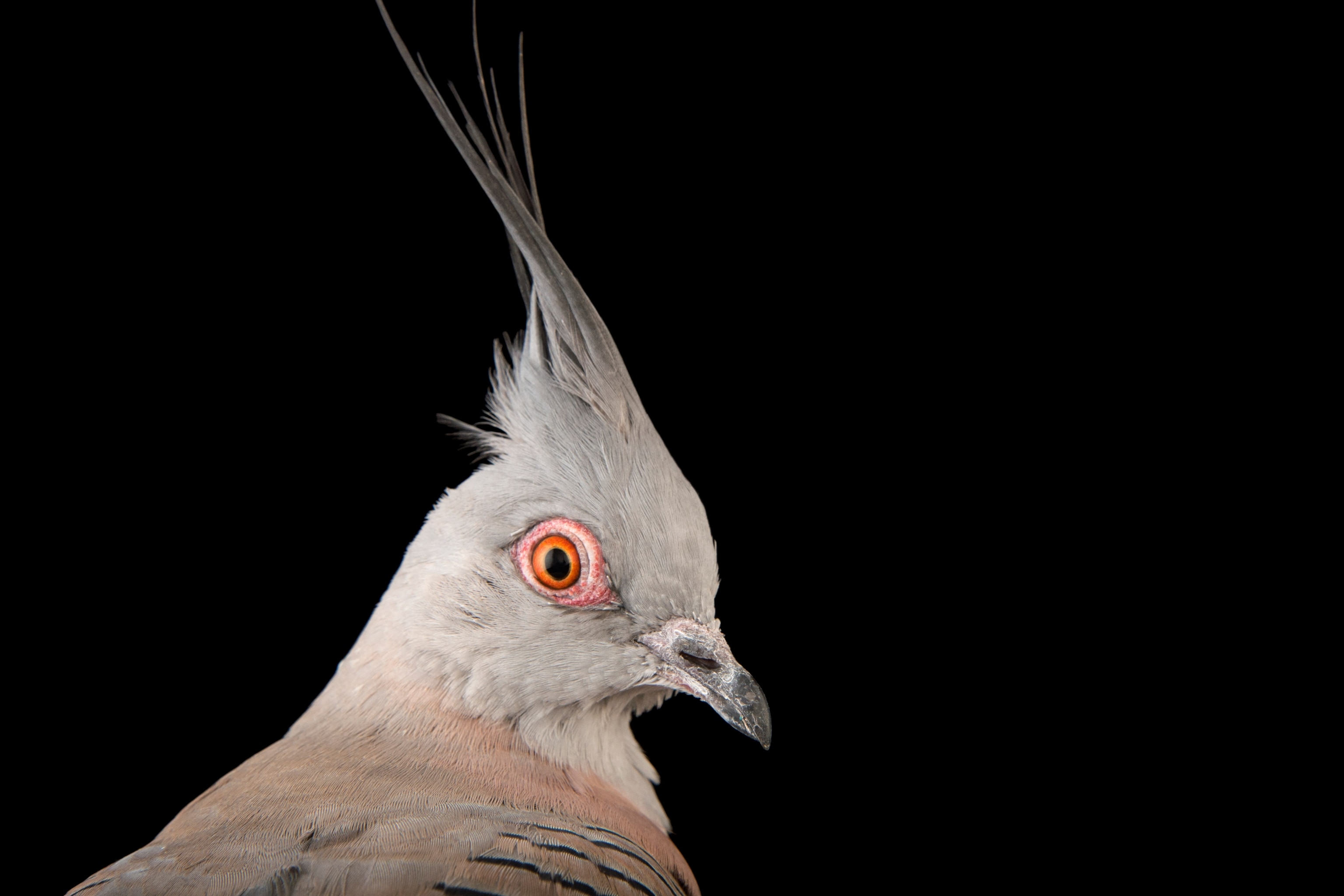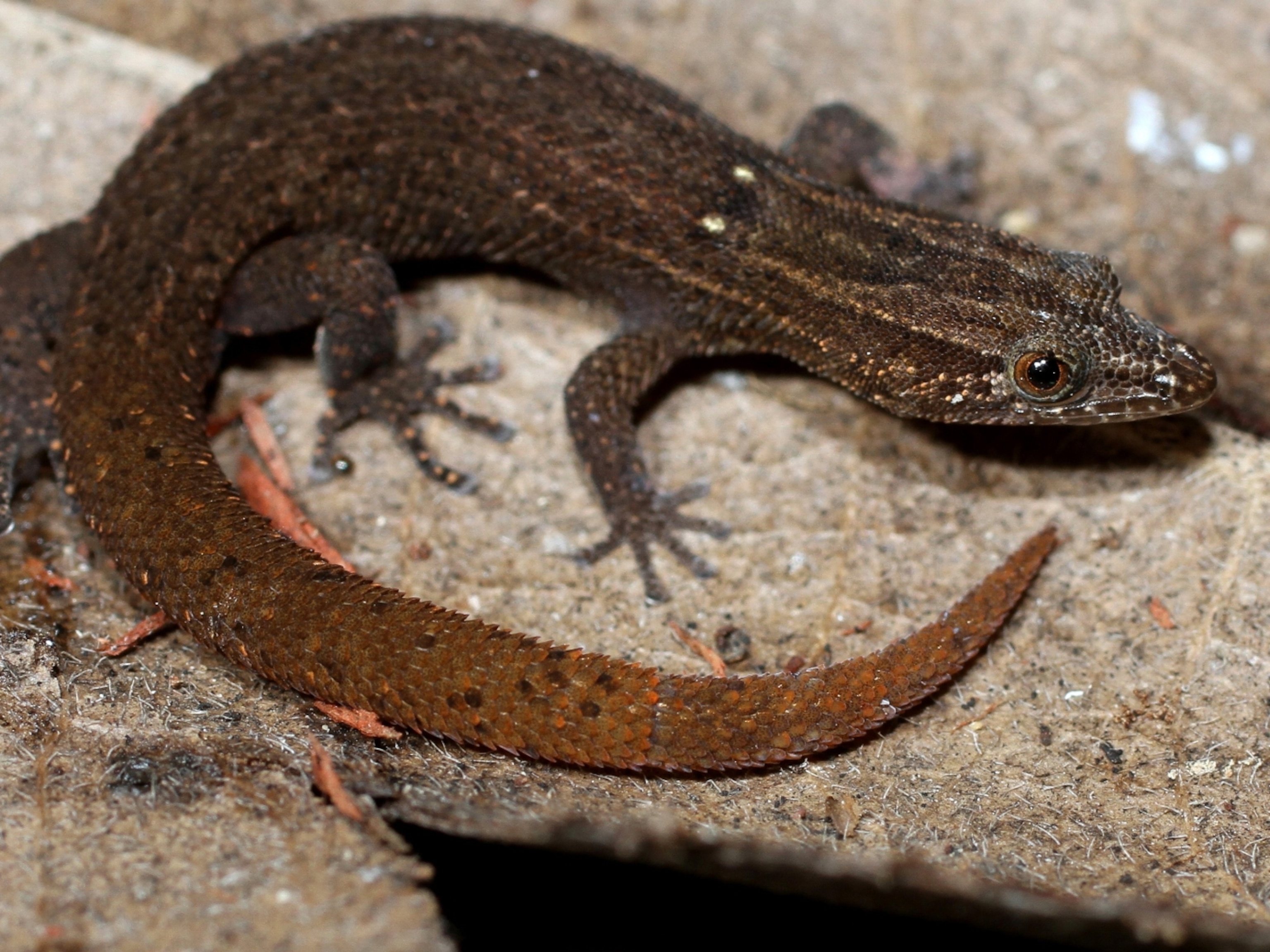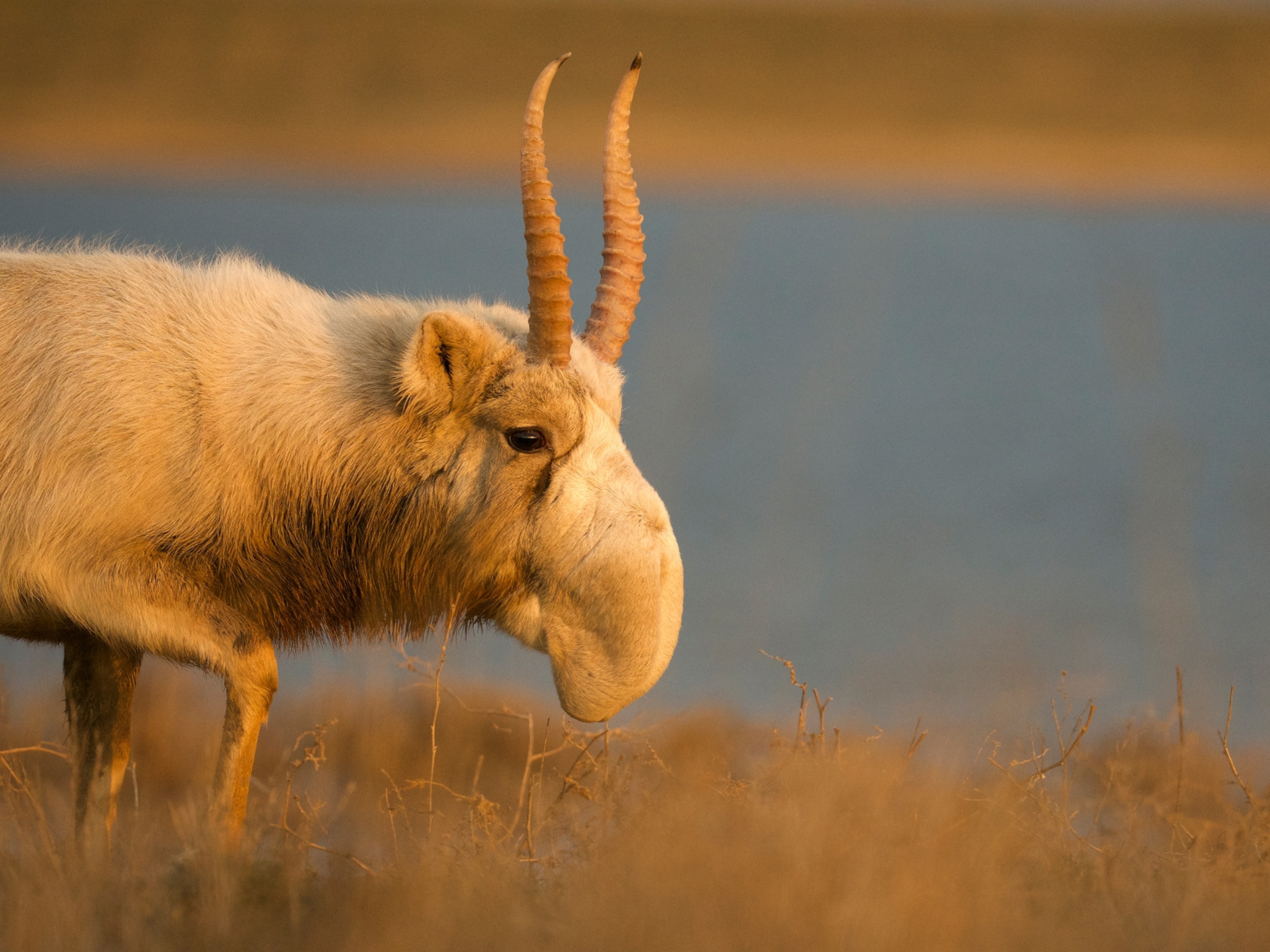People love to hate on pigeons for the way they foul up parked cars or flock to food scraps on the sidewalk. But with more than 300 species of wild pigeon found on Earth—many of them stunning—it’s past time the lowly pigeon gets its coo.
“Pigeons are biological marvels,” says Rosemary Mosco, author of A Pocket Guide to Pigeon Watching.
“They make milk for their young. They can take off almost vertically. They see colors we can't, hear sounds we can't, and find their way across hundreds of miles using mechanisms we don't fully understand,” she says. “They’re the world’s most overlooked birds.”
Interestingly, there’s no scientific difference between pigeons and the much more beloved doves. Both birds are members of the Columbidae family, and while the term ‘pigeon’ tends to be applied to larger species and ‘dove’ to smaller ones, Mosco notes in her illustrated field guide that there is actually no scientific or evolutionary distinction to either group.
What’s more, the ubiquitous pigeon found in cities worldwide descends from a bird known as the rock dove, which people long ago domesticated. (Read how pigeons first landed in cities.)

There’s also evidence wild pigeons were a staple food source for Neanderthals, and later humans, beginning at least 67,000 years ago. More well known is the domesticated pigeon’s invaluable service of long-distance communication for many different civilizations, from the ancient Romans to Genghis Khan.
“For much of their history, they signified wealth and power,” says Mosco. “They were flying Ferraris.”
In some parts of the world, the fastest pigeons still fetch mind-boggling sums. In 2020, a single racing pigeon named New Kim sold for around $1.9 million in a Belgian auction.
With pigeons everywhere we look in urban life, it may be difficult to imagine a world without the cooing flocks. But even these adaptable birds are not immune to extinction.
In the 1800s, the passenger pigeon (Ectopistes migratorius) was thought to be one of if not the most numerous birds in the world, with a population of around three billion animals. But then, in less than a century, humans eradicated the species from the wild thanks to an insatiable hunger for the bird’s inexpensive meat combined with widespread deforestation.
In 1914, the last known passenger pigeon, named Martha, died in captivity at the Cincinnati Zoo—as stark a reminder as ever that we should appreciate the beautiful and diverse pigeons we have before they’re gone.
